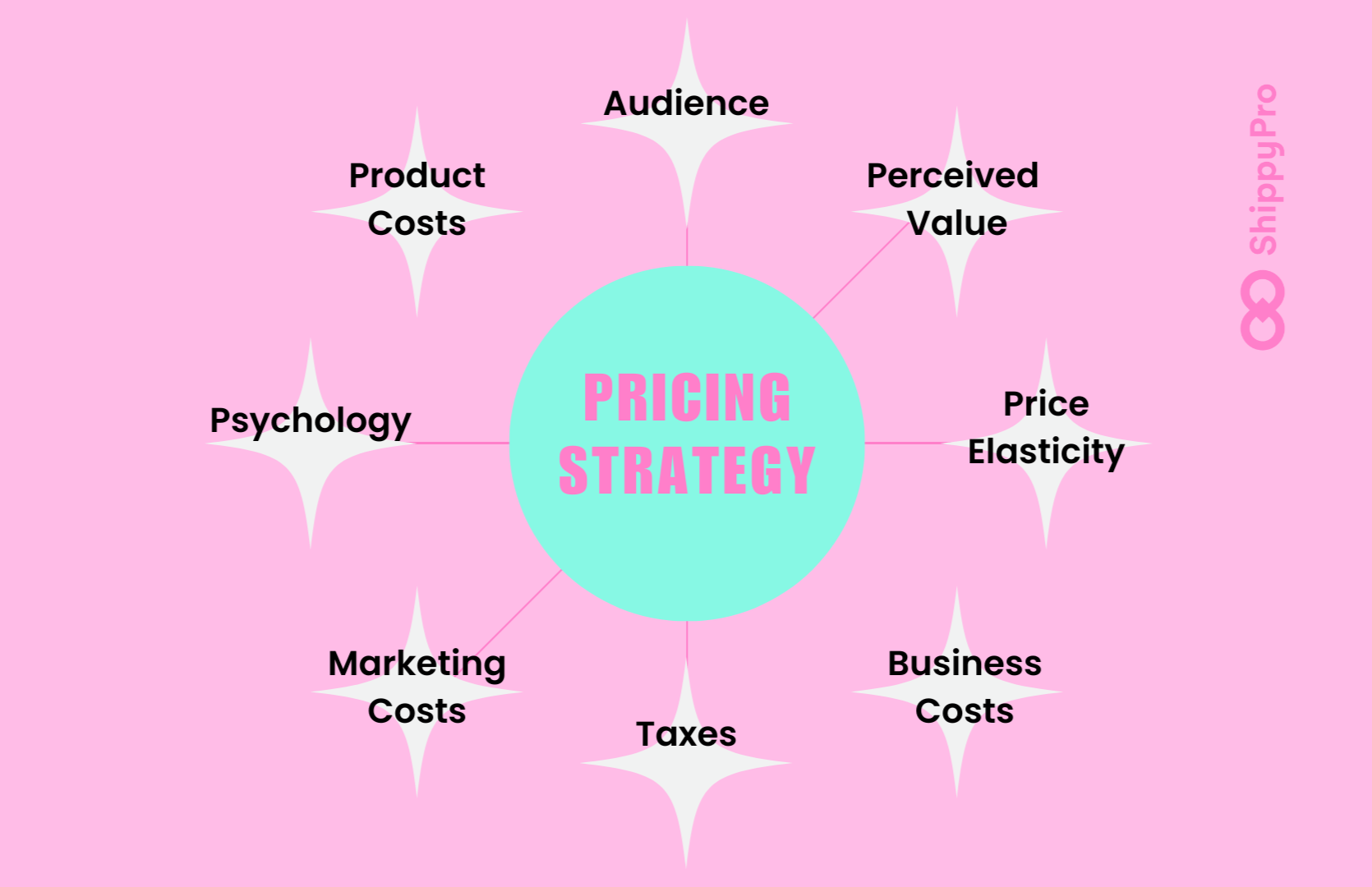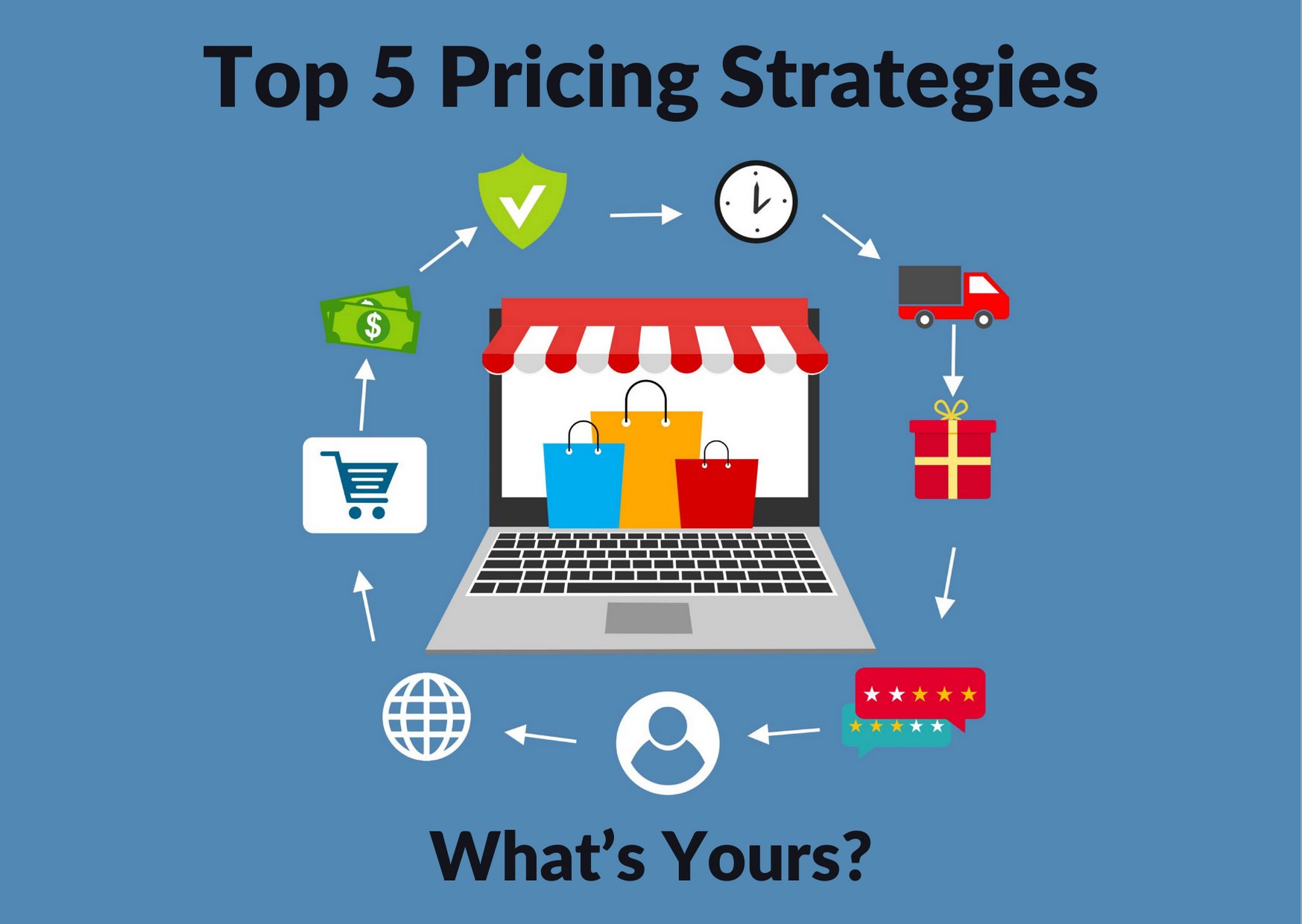Secret Aspects to Take Into Consideration When Crafting Your Pricing Strategy
Secret Aspects to Take Into Consideration When Crafting Your Pricing Strategy
Blog Article

Master Effective Pricing Techniques to Optimize Earnings
In the ever-evolving landscape of commerce, mastering reliable pricing techniques is essential for businesses intending to optimize revenue. A nuanced understanding of prices psychology can significantly affect client actions and buying decisions.
Comprehending Prices Psychology
Recognizing rates psychology is vital for companies intending to enhance their prices methods. This field analyzes exactly how consumers regard costs and exactly how these understandings influence their getting choices. Key principles in prices psychology include the anchoring effect, where the preliminary price offered functions as a referral point for customers, and the concept of cost level of sensitivity, which differs amongst various consumer sectors.
Furthermore, businesses can leverage the concept of perceived value, where the regarded benefits of an item or service can justify a greater rate factor. Premium prices can create an aura of exclusivity, drawing in consumers that link greater prices with exceptional quality. On the other hand, mental rates, such as setting a price at $9.99 rather than $10, can significantly influence customer actions by making costs appear more eye-catching.
Furthermore, shortage and seriousness can enhance the viewed worth of items, triggering quicker purchasing choices. Comprehending these mental triggers enables services to develop prices approaches that not just drive sales yet also foster consumer commitment. Therefore, mastering prices psychology is crucial for effective pricing strategy formulation, causing boosted productivity and market positioning.
Executing Value-Based Pricing
First, conduct detailed marketing research to identify the value chauffeurs for your target market. This can include functions, quality, brand credibility, and customer support. Next off, sector your clients based on their willingness to pay and the value they view. By doing so, you can tailor offerings and pricing strategies to straighten with various sections.
Constantly check market problems and customer comments to improve your prices technique over time. By implementing value-based rates, organizations can improve productivity while fostering long-term client loyalty.
Checking Out Dynamic Rates Versions
In today's rapidly changing market landscape, dynamic pricing models have become a powerful approach for companies looking for to enhance income and react to variations popular. These models enable business to adjust their prices in real-time based on different factors such as customer behavior, market patterns, and stock levels. By leveraging information analytics and algorithms, services can identify optimum rates factors that optimize sales while staying competitive.
Dynamic rates can take different forms, including Your Domain Name time-based rates, where imp source costs fluctuate based upon time of day or season, and demand-based pricing, which changes rates according to existing consumer demand. This versatility not just enhances earnings but also improves consumer satisfaction by providing rates that reflect real-time market conditions.
Applying vibrant prices needs a durable technical framework and a deep understanding of consumer segments. Clear communication regarding pricing changes can assist mitigate consumer frustration and foster depend on, inevitably leading to continual profitability in a competitive marketplace.
Analyzing Competitor Prices
Keeping an eye on rival rates is vital for businesses aiming to maintain an one-upmanship in their particular markets. By examining rivals' prices techniques, business can recognize market fads, comprehend consumer preferences, and change their pricing as necessary. This analysis involves gathering data on competitors' costs, promotional strategies, and item offerings to inform prices decisions.
To effectively assess competitor prices, organizations must utilize various tools and strategies, such as rate tracking software program, marketing research reports, and consumer responses. This data can disclose just how competitors place their services and products, enabling companies to separate their offerings or take on comparable strategies to continue to be relevant.
Furthermore, it is essential to categorize competitors into indirect and straight competitors. Direct rivals use similar service or products, while indirect competitors might meet the same consumer demand with different solutions. Understanding the subtleties between these groups will enable services to customize their prices techniques better.
Inevitably, recurring competitor rates analysis is essential for making educated rates decisions. It allows companies to continue to be dexterous in feedback to market changes, guaranteeing they can take opportunities and reduce risks connected with rates approaches.
Examining Rates Efficiency
Understanding exactly how competitor rates influences market characteristics brings about an all-natural emphasis on examining pricing efficiency within one's own service. This evaluation is vital for recognizing locations of toughness and chances for enhancement, eventually improving profitability.

In addition, performing regular prices audits can disclose discrepancies in between expected and actual performance. This involves contrasting prices data across various sectors and channels to understand variations and identify patterns. Additionally, incorporating consumer responses can supply understandings right into perceived worth versus actual pricing, making sure placement with market expectations.
Lastly, leveraging information analytics tools can help with deeper insights right into prices efficiency, allowing services to make data-driven changes (Pricing Strategy). By continually evaluating pricing efficiency, companies can adapt to market adjustments and maximize their techniques, guaranteeing continual success in an affordable landscape
Verdict
By leveraging prices psychology, organizations can improve regarded value and dressmaker pricing to varied customer sections. The fostering of value-based and dynamic prices versions promotes real-time changes based on need and client readiness to pay.
Understanding rates psychology is essential for companies aiming to maximize their rates techniques. Understanding these mental triggers enables businesses to create prices techniques that not just drive sales however additionally foster client loyalty. Thus, grasping pricing psychology is necessary for reliable pricing approach formula, leading to boosted success and market positioning.
By analyzing competitors' prices techniques, business can recognize market fads, understand customer preferences, and readjust their rates accordingly. By leveraging prices psychology, organizations can enhance viewed value and dressmaker prices to diverse consumer sectors.
Report this page